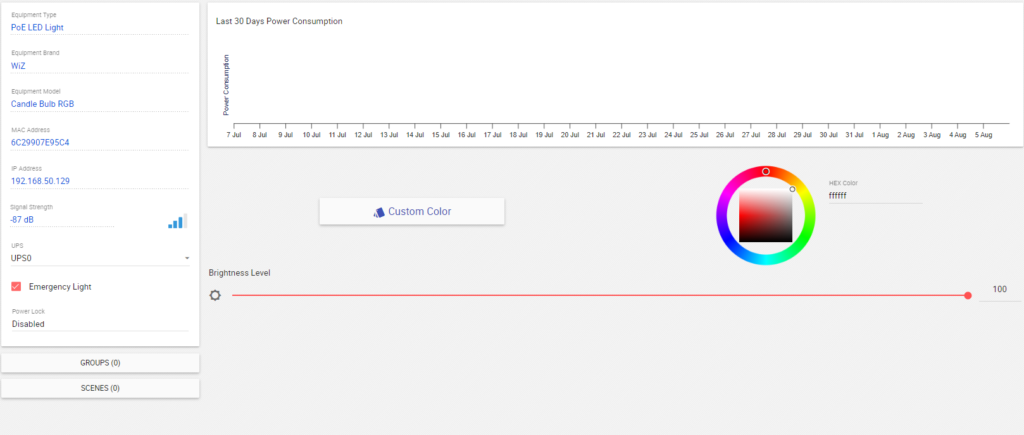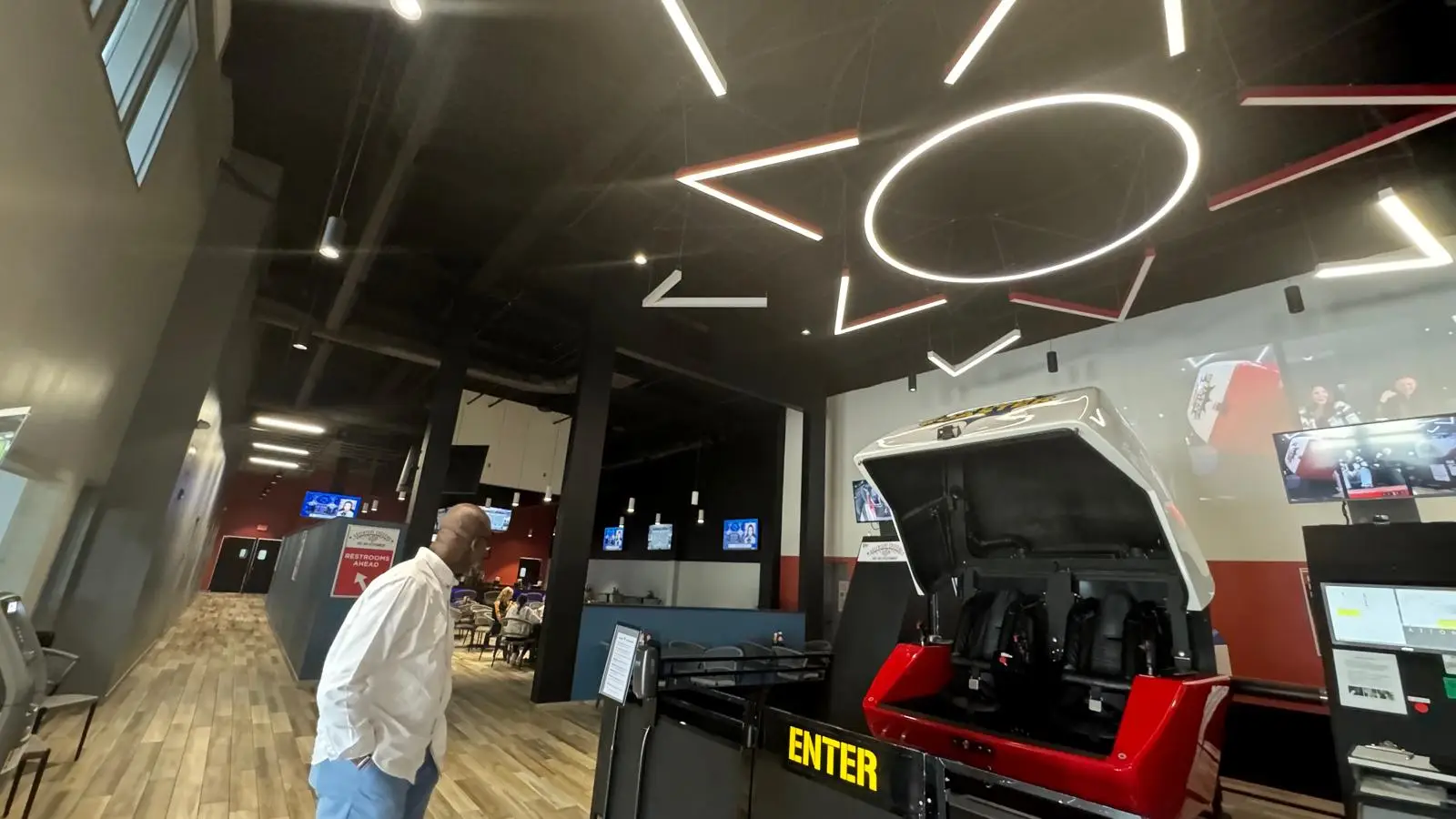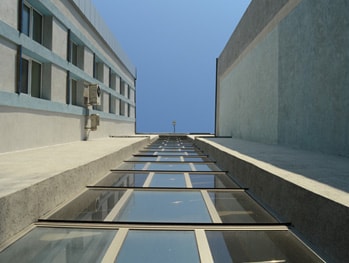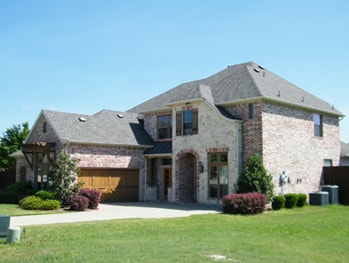PoE Lighting Control System
Olympus™ is a smart PoE lighting control system interoperable with lighting products from hundreds of major lighting companies and service providers.
Olympus™ is a full-featured lighting control system suitable for all indoor and outdoor applications. Olympus™ is fast and easy to specify, use, and maintain since all the wiring, and possible future re-wiring can be made with software.
Lighting controls can help save energy – and money – by automatically turning lights off when they’re not needed, by reducing light levels when full brightness isn’t necessary, or otherwise controlling the lighting in and around your home.

Common types of lighting controls include:
- Dimmers
- Motion sensors, occupancy sensors, and photosensors
- Timers
Dimmers
Dimmer controls provide variable indoor lighting and can be operated manually, or with timers or sensors. When you dim lights, it reduces their wattage and output, which helps save energy.
Dimmers are generally inexpensive and can increase the life of led lights, as well as provide some energy savings when lights are used at a reduced level.
Motion Sensors
Motion sensors automatically turn lights on when they detect motion and turn them off a short while later. They are especially useful for outdoor security and utility lighting, hospitality and commercial applications.
Occupancy Sensors
Occupancy sensors detect activity within a certain area. They provide convenience by turning lights on automatically when someone enters a room, and save energy by turning lights off room or reducing light output when a space is unoccupied. Occupancy sensors can also trigger a host of automations beyond lighting, HVAC controls, door locks, etc.
Photosensors
You can use photosensors to prevent lights from operating during daylight hours. This can help save energy because you don’t have to remember to turn off your lights.
Photosensors sense ambient light conditions, making them useful for all types of outdoor lighting. These light-sensitive controls can be less effective indoors because lighting needs vary with occupant activity rather than ambient lighting levels.
Timers
Timers can be used to turn lights on and off at specific times. Programmable timers can be used for outdoor lighting in conjunction with geographical settings to account with seasonal variation in the length of nighttime. However, they can be used effectively in combination with other controls. For example, the best combination for lighting may be a photosensor that turns lights on in the evening and a timer that turns the lights off at a certain hour of the night.
For indoor lighting, timers are useful to give an unoccupied facilities the needed automation to eliminate employee intervention.
Intersted in learning more about the Olympus lighting control system? Contact us now to speak to a specialist.
 Previous Post
Previous Post Next Post
Next Post




